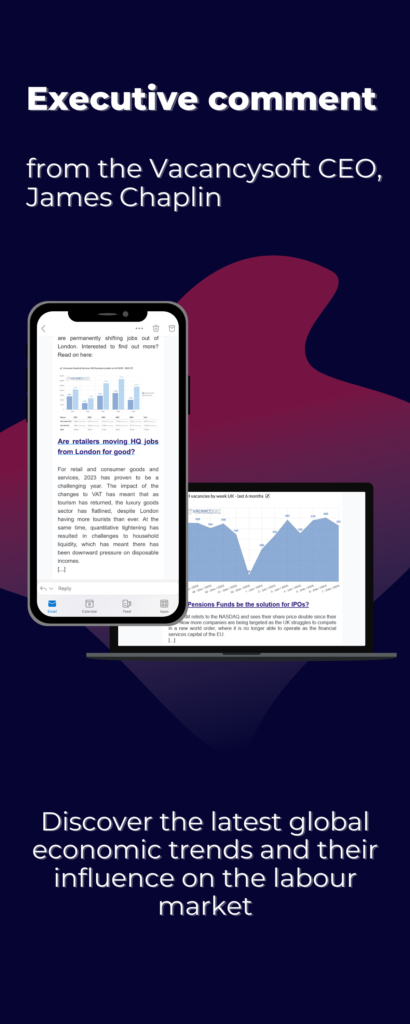
Vacancysoft Market Update: 2021, What Next?
As we approached the end of what has been a frenetic year 2021, with recruiters challenged in unique ways never seen before, the big question was: What next?
In this 20 minute presentation (recorded on Nov 18, 2021) we will give you a snapshot of the latest recruitment trends we are seeing emerging, both by regional area and across the key industries of the knowledge economy so you know how best to organise resources in your business.
James Chaplin, Vacancysoft CEO is presenting, where attendees had the opportunity to both network with each other, using the highly innovative REMO platform, and ask questions about the presentation directly, where after the main presentation, we will have plenty of time to respond to the issues you consider to be most important.
Download our Year in Review Magazine 2021 edition below!
In our annual magazine 2021 edition you will find a full review of the hiring activities across key sectors of the UK economy over the past year. The magazine covers trends seen in Britain’s tech, life sciences, law, finance, real estate and insurance industries.
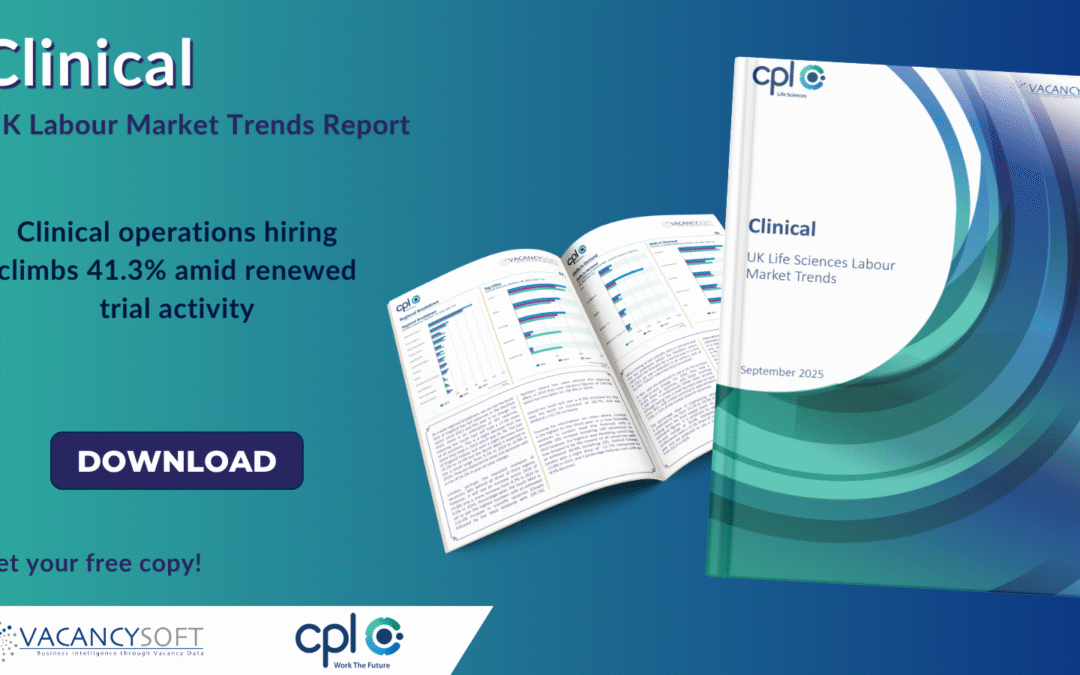
Medical Affairs – UK Life Sciences Labour Market Trends, November 2025
This report examines how global pricing pressure is driving a 9.6% decline in UK Medical Affairs hiring for 2025, with London remaining resilient and Wales surging. It highlights the contraction among major pharma, contrasted with growth in CROs and biotechs, and shows how AI is reshaping support roles while core scientific expertise remains in demand.
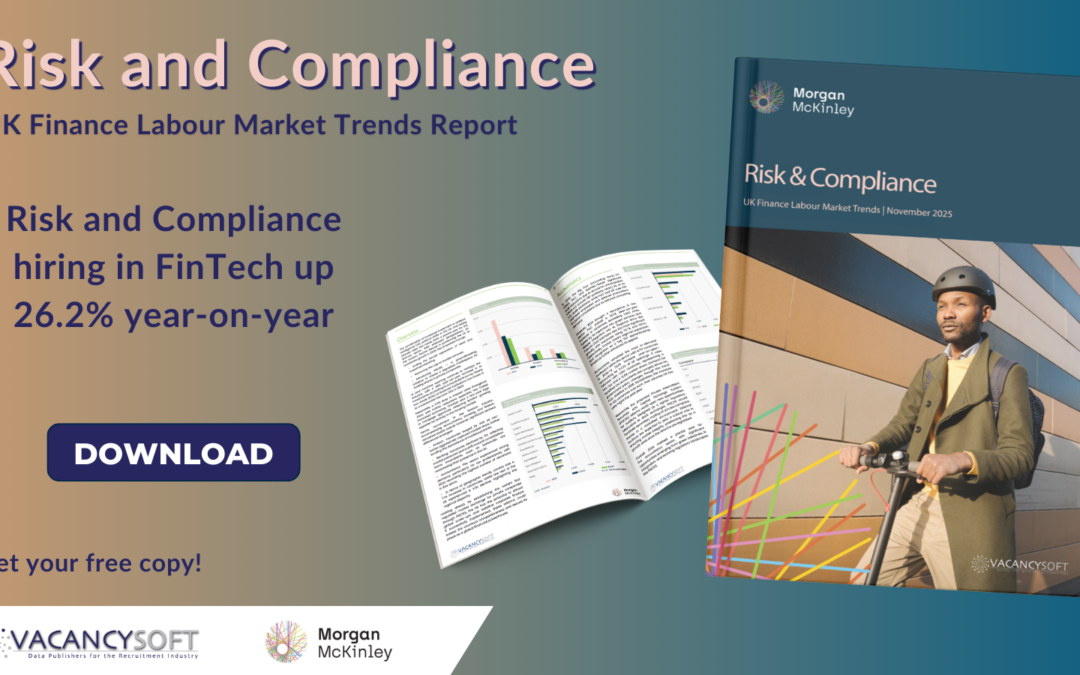
R&C – UK Legal Labour Market Trends, November 2025
This report analyses how FinTech is reshaping the UK’s Risk & Compliance labour market, with vacancies up 26.2% as demand shifts toward Financial Crime and Credit Risk expertise. It contrasts this growth with banks’ continued downsizing of oversight teams and highlights London’s dominance alongside rising regional and hybrid hiring models.

Midlands – UK Regional Labour Market Trends, November 2025
This report explores labour market trends across the Midlands in 2025, with the East set for 11.4% vacancy growth while the West holds its position as the region’s main hiring hub. It highlights how retail, consumer goods and engineering are driving expansion, as employers prioritise roles tied to commercial recovery, operational delivery and long-term growth.
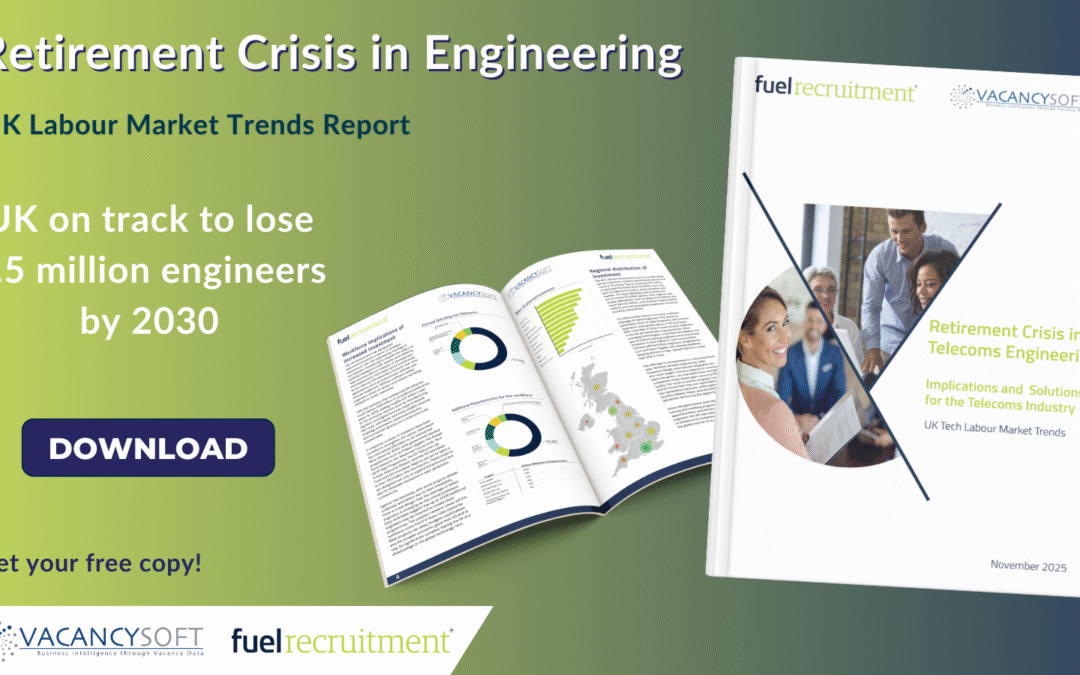
Retirement Crisis and Engineering – UK Tech Labour Market Trends Report, November 2025
This report examines the widening engineering skills gap in UK telecoms as a retirement surge collides with limited talent pipelines, putting £22 billion in 5G and fibre projects at risk. It highlights growing regional disparities, rising vacancy pressures, and how employers are racing to reskill and retain talent to protect the UK’s digital future.

AI Disruption UK Market – UK Tech Labour Market Trends, September 2025
This report analyses how AI is driving one of the few areas of growth in the UK labour market, with IT and data hiring accelerating even as wider recruitment slows. It explores how major tech and banking firms are investing aggressively in AI capability, while retail and professional services rapidly follow suit — reshaping job roles, skill demands and the competitive landscape across the country.

North – UK Regional Labour Market Trends, October 2025
This report analyses professional hiring trends across Northern England as the regional market enters a recovery phase, with vacancies up 6.9% year on year. It highlights how construction, retail, and digital transformation are driving renewed growth in the North East, North West, and Yorkshire, while banking remains under pressure amid sector consolidation.

Clinical – UK Life Sciences Labour Market Trends, October 2025
This report examines Europe’s clinical research labour market as it stabilises following a turbulent 2024, with overall hiring projected to rise modestly by 0.4%. It explores how CROs and biotech firms are driving recovery, supported by regulatory clarity and renewed investor confidence, while pharmaceutical companies adopt a more selective, efficiency-focused hiring approach.
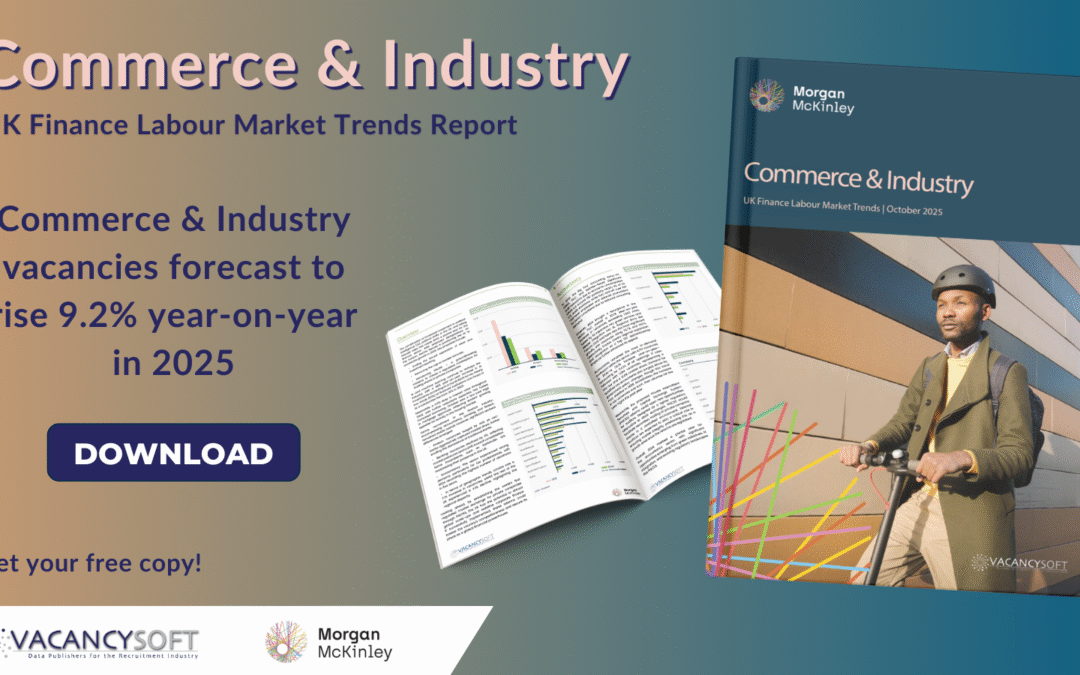
C&I – UK Legal Labour Market Trends, October 2025
This report explores the revival of Britain’s Commerce and Industry labour market, with finance vacancies forecast to rise 9.2% in 2025 — the strongest expansion in three years. It highlights how easing inflation, regional investment, and rising demand for tech and tax expertise are reshaping hiring across the UK’s key business hubs.

South – UK Regional Labour Market Trends, September 2025
This report explores labour market trends across the South of England in 2025, led by 8.5% growth in marketing roles and strong hiring in retail, consumer goods, and engineering. It highlights how leading employers such as Balfour Beatty and the University of Oxford are driving regional expansion through investment in infrastructure and innovation.

Banking – UK Legal Labour Market Trends, September 2025
This report analyses banking law hiring trends in 2025, examining how the Leeds Reforms and wider regulatory changes are reshaping demand across firms and financial institutions. It highlights the surge in in-house counsel recruitment, regional expansion beyond London, and the growing influence of AI and compliance on legal workforce planning.

